
Serena Dugan proves that everything comes full circle. The psychology major exchanged graduate school for art school, which led to a career of artistic successes. First it was in painting and pattern making for a roster of notable clients. That morphed into catalog emporium Serena & Lily that lovers of design know for good-looking furniture and accessories. Now she’s taken those experiences to launch her own line of artwork, textiles, and wallpapers under her eponymous business Serena Dugan Studio.
I had the opportunity to sit down with Serena and talk about her path to creativity. Meet Serena.
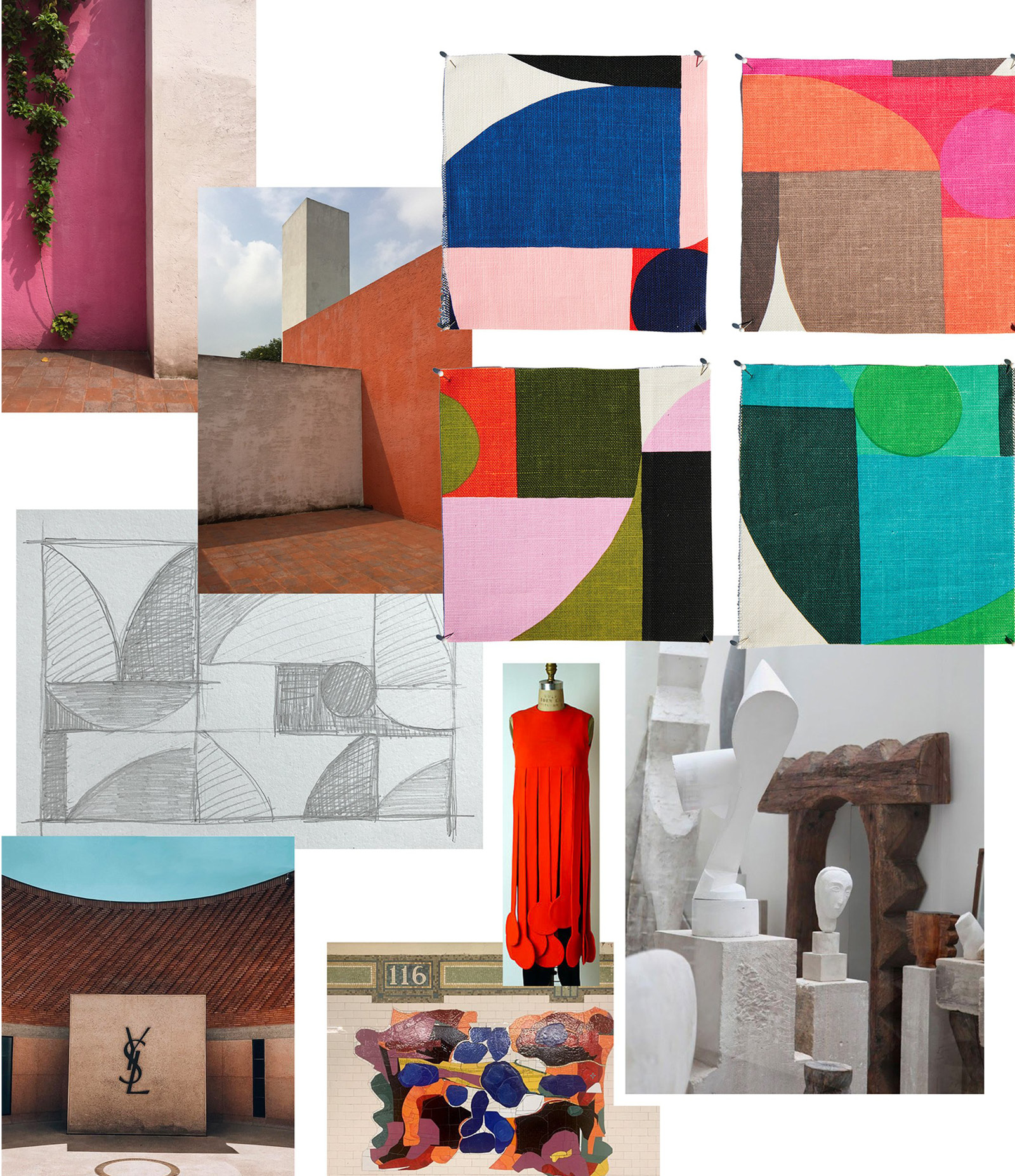
Tell me about our background?
I always thought that I would become a clinical psychologist. While applying to graduate school, I knew it wasn’t right. There was something else calling me that hadn’t been explored, and that was the world of art. So I applied to art school instead. Keep in mind, I had never taken an art class. I immersed myself into the world of art in my 20s, and it proved to be a good thing. For nine or so years, I developed a nice roster of both commercial and residential clients. And at one point I landed Potter Barn Kids. It was there that I worked hand-in-hand with their stylist to create captivating photography. I realized quickly that I had access to the same photographers and stylists, and I knew how to create that visual world by way of product and photography. In 2004, Lily Kantor and I launched Serena & Lily. where I served as Chief Creative Officer. Ever since then I’ve loved merging art and design with imagery. That formula has continued post-Serena & Lily. I left the world of retail understanding that I wanted to return to the studio and paint again. There I was with more creative to share, more things to say. I needed a platform so the rest of the design world could see it, so I decided to start my own line of product.
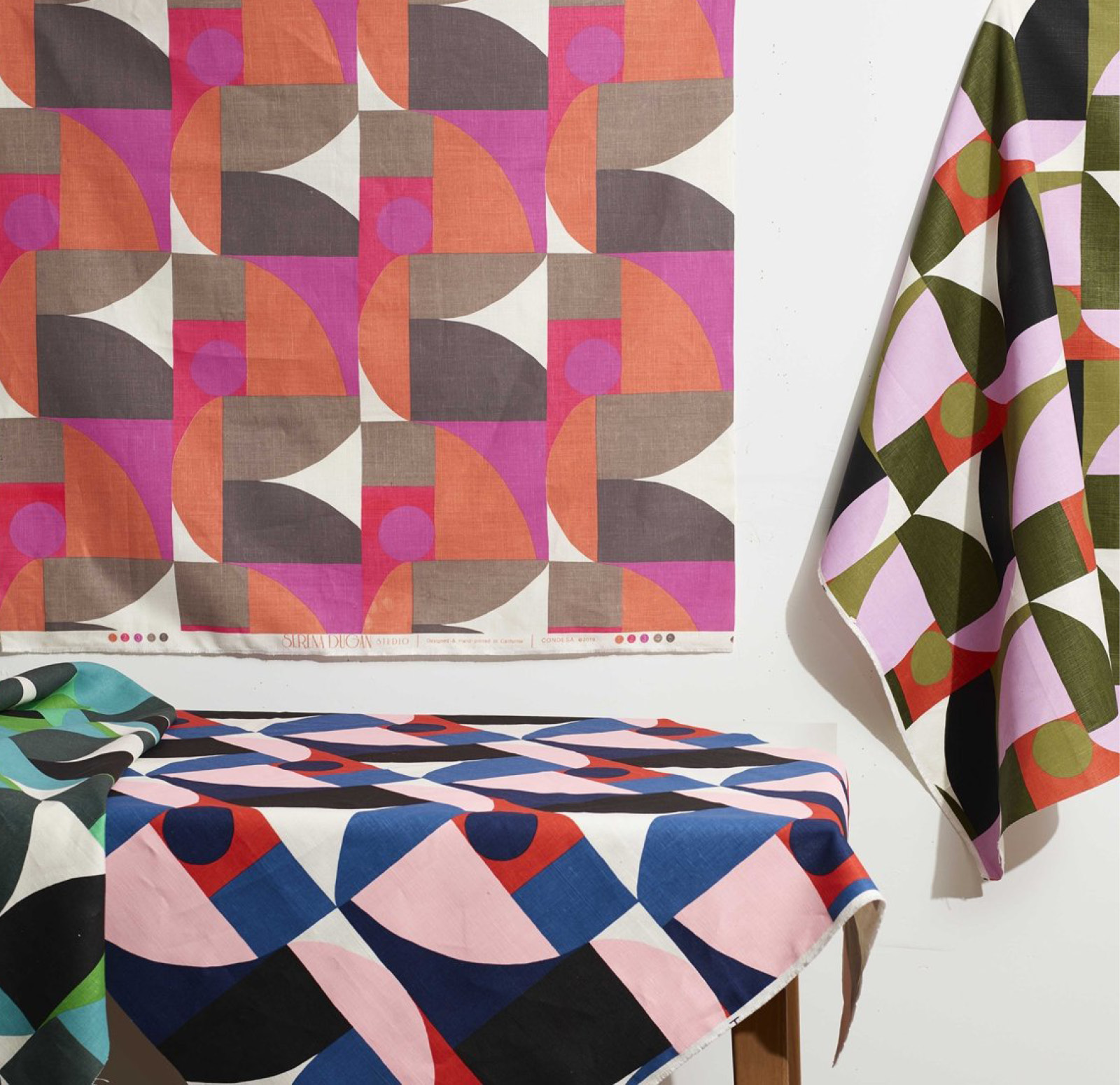
When do you know that it is the right time to start building a business?
We all have varying degrees of the attraction to the idea of launching something, the value of our idea, and risk tolerance. For me, it depends on the sense of urgency about saying what I need to say. I had a nice business going buying and selling art, but I also had these pattern ideas that I felt deserved to see the light of day. I did a lot of research on selling through the trade, designer showrooms, initial investments, and minimum orders. And that research never deterred me. I was committed to building a studio because I had something to say. My next step was to figure out to how say it. I took a leap of faith.
Through my studio, I’ve created a line of 57 distinct fabrics and 38 distinct wallpapers. I sell through textile showrooms such as Hollywood at Home in Los Angeles, Temple Studio in New York, John Roselli in Chicago, and James in Dallas—12 showrooms total. I launched last March. The patterns and my artwork complete the statement of who I am as a designer and I’m having a ball.
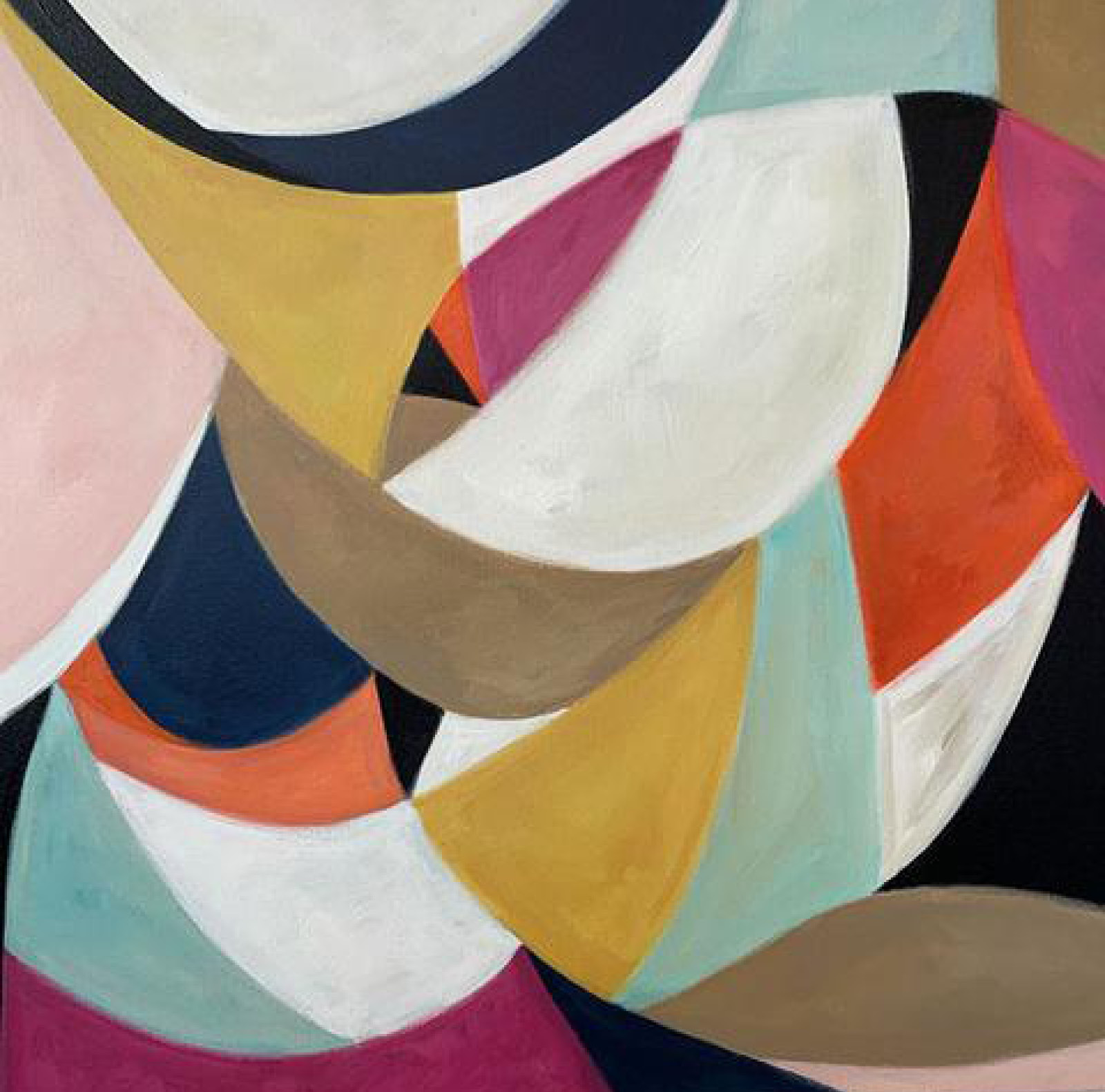
Oftentimes, when people leave a more structured line of work to dive into the creative arena, they use those original skills in some way. How does psychology pop up in your artful world?
There is a lot of psychology in brand building. It’s all about connection with people and understanding to fulfill promises to those people. And overt and subtle attributes that are consistently delivered. Psychology was a valuable background not only for building a brand but building company culture. Psychology can be scientific or personal, and both are considerations that I’ve made as I’ve grown. What initially pulled me toward psychology was the ability to impact people in a positive way. I just never knew at that time that my path would be through creativity. Creativity was my mechanism, and life, exuberance, and all things visual are the result. Psychology wound its way back into my life through the form of communication that I love the most.

You’ve proven that you understand how to connect with people, and much of that was focusing on the broader idea of lifestyle versus the singular idea of design. What about that approach resonates with people so successfully?
I’ve always said that I’m not in the business of making “stuff.” I want to create things that make an impact for people when they see them. We had a phrase at Serena and Lily that is “We want to create the backdrop for a life well lived.” It’s not about what your house can look like, it is what you house can feel like—by pattern, or color, or a room set up. I want to make environments by merging psychology and design.
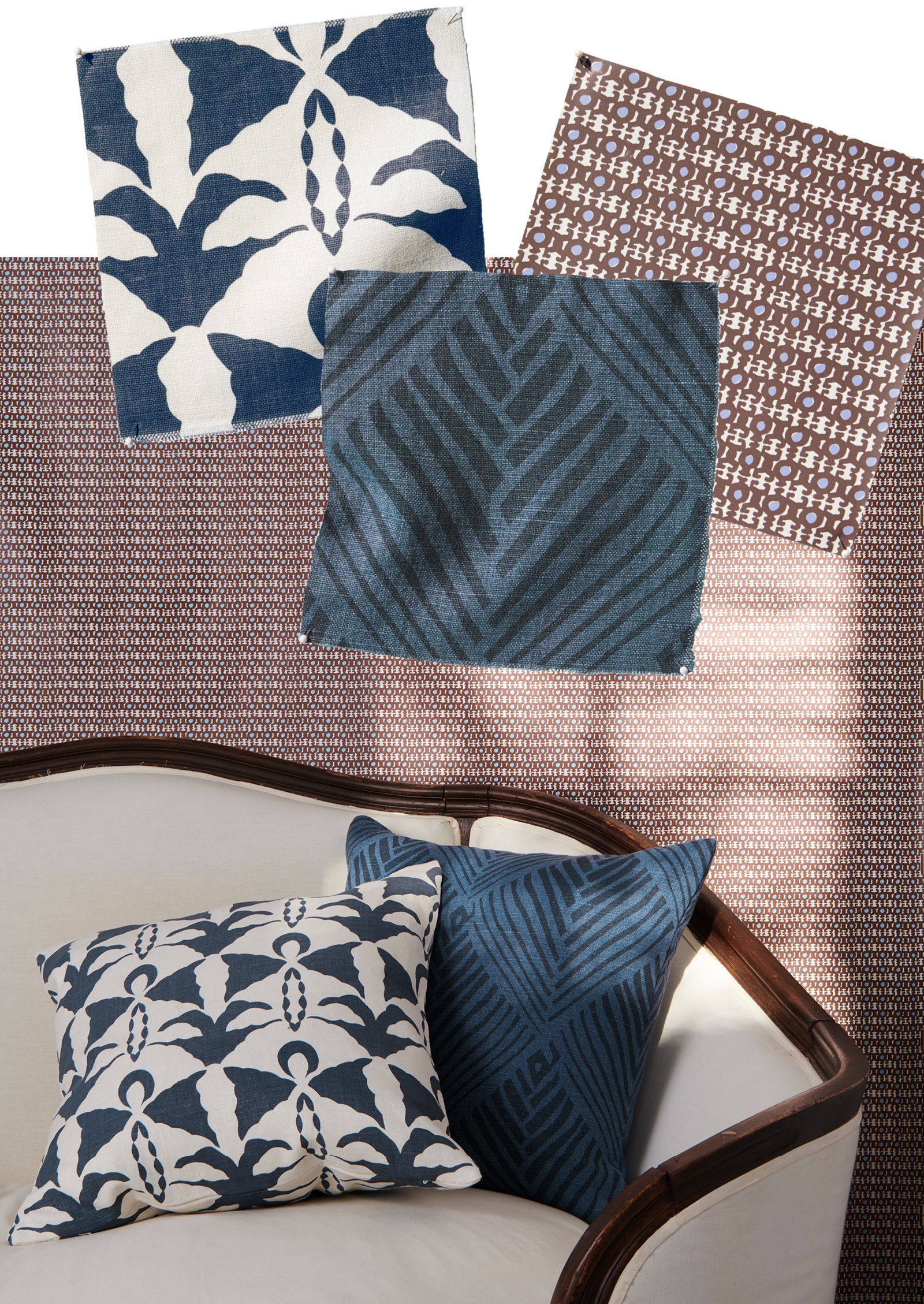
With social media, namely Instagram, guiding our aesthetic educations, so many consumers fancy themselves a designer in their leisure time. How has what you created aided their enthusiasm for design?
In the Serena & Lily days, one of our key principles was about empowering our customer to be their own designer. Once upon a time people were afraid to experiment and express themselves because they might get it wrong. But now there is great empowerment for the lay person to trust their own instincts. Education of what good design is comes from Instagram. People understand what good design is now, and that there is a bit of a formula to it. They have the confidence to give their ideas a try and oftentimes, they work. It doesn’t hurt that there is so much great product on the market. Even the players who were not known for great design have had to up their games to offer more attractive merchandise. This allows the consumer to make some pretty good guesses to express themselves through their own lenses.

I know that travel plays such an important role in the lives of creatives. Can you identify a few key travel moments that helped boost creativity and influence your collection?
Every continent, country, and destination has its own music, its own mood, rhythm, and palette. I’m traveling in search of a feeling that is new to me and that can infuse my work with life more so than I am looking to copy a textile or form exactly as it exists.
I want to feel a unique heartbeat everywhere I go. I had my fabric and textile collection photographed in Sicily. That infused the collection with authenticity and life. I did an art residency outside of Paris two years ago and I will never paint the same way. It was because the pace, lifestyle, flavors and smells that my technique was altered on such a cellular level. Culture changes the dynamics of creativity and expressions.
In Colombia, I took basket weaving motifs and set them into patterns. My time there pushes me to go towards a more geometric aesthetic versus one that curls and scrolls. In Morocco, it was the imperfect shapes that formed mosaics that spoke to me. These shapes made a motif that made a pattern that made a backdrop for a palace. To see something so small grow to something so majestic is quite special.
There are endless ways that cultures, spirit and costumes influence the spirit of what I do. We get really numb to those sources of life when we are only in our own environments for so long. It’s hard to find inspiration in what’s familiar. Travel takes me to something new.
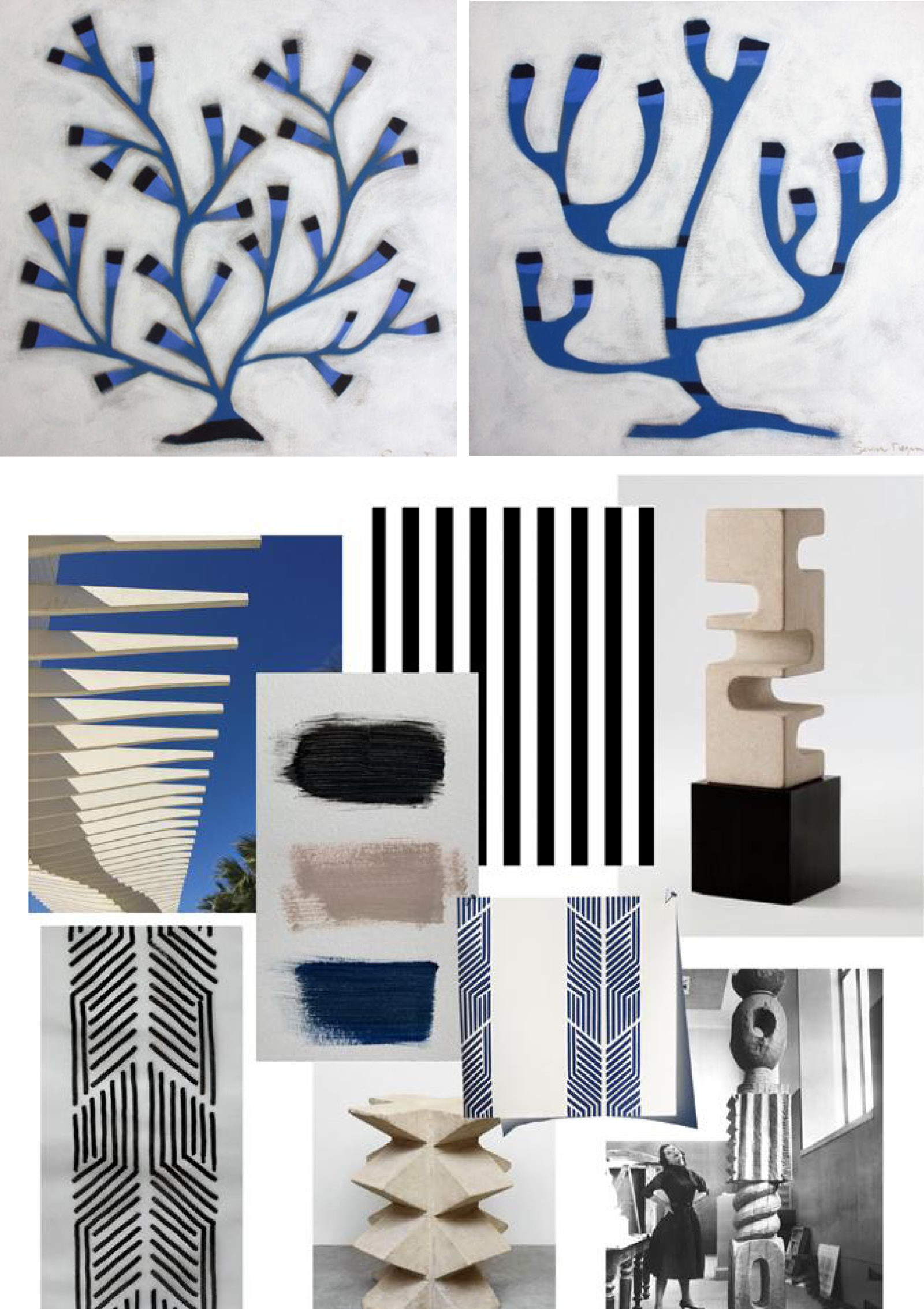
Creatives are routinely asked the question, “where do you find inspiration?” I like to turn that question upside down. How do you want to inspire?
I’m very clear. COVID has giving me the gift of validating why I do what I do and what I hope to achieve. I want to inspire people to find their own creative source and to trust and cultivate that. We are all creative beings. We have differing amounts of training and trust. If I could impact in any one way it would be to encourage people to trust, cultivate, and connect to creative instinct.

COVID. The past year alone has inspired people to tap into their creativity. Why do humans need to imagine and tap into their inner artist?
Creativity is wellness. And it will become a more important form of wellness in the future. We are all creative beings but move creativity to the position of last on the list. We don’t prioritize pursuing that human instinct. When we are moving at the speed of light, creative outlets are low on the list. When we are trapped at home, we get to that idea that is nagging at us‚ the one that pushes us to express ourselves. I think that we are learning that creativity is not an indulgence. We need to allow ourselves to respect that we have something to say. That’s the silver lining of COVID. It’s allowed so many to hear and honor that call.
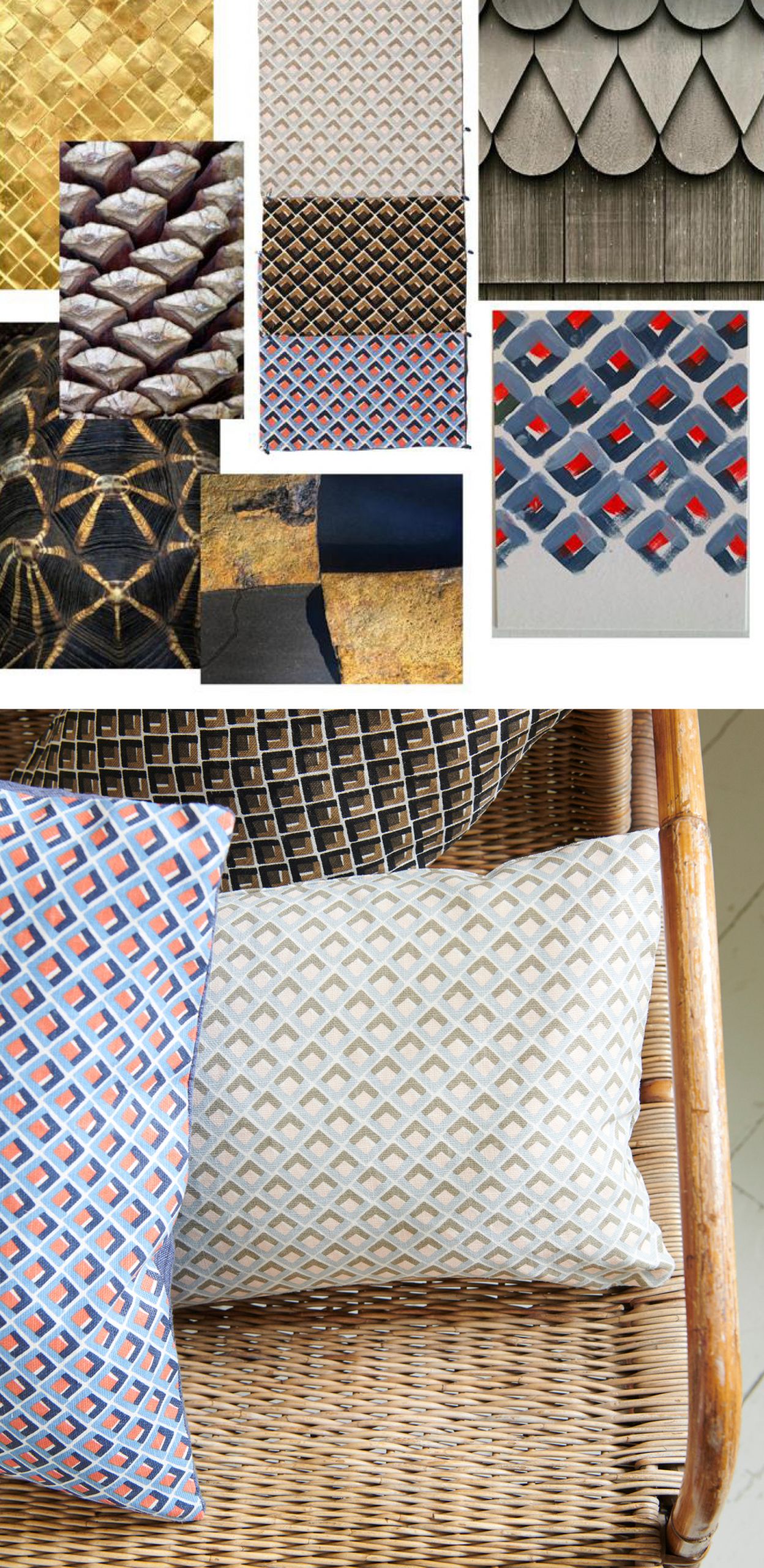
What’s next for you?
I am happy to say that when I created the format for this studio, my eyes were set on what would keep me happy for the long haul. I don’t have a “next.” These categories will fulfill me and allow me to continue to grow as an artist and a painter. I will flesh out my collections, and continue to travel the world for weavers, crafts, and techniques. But my shell is there and established and my expression is a bottomless well. What’s next is more of this. More growth, exploration, and creativity. Not a new business or more businesses. This is it.


